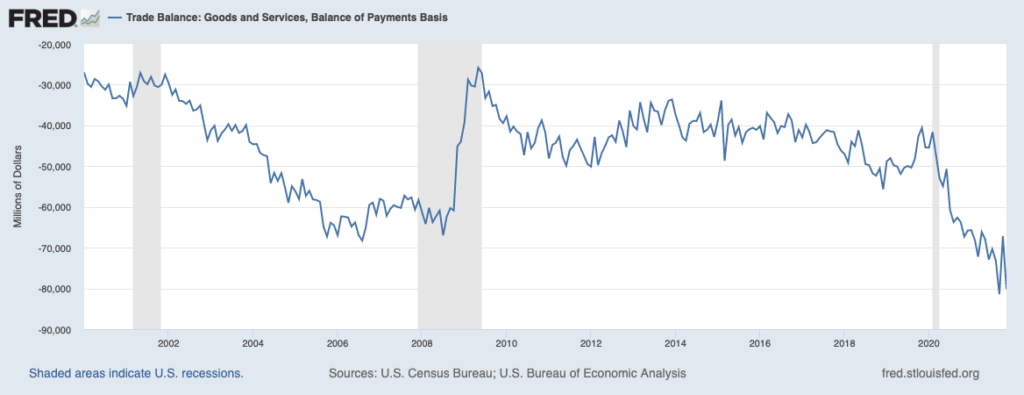Half full or half empty

Yikes! It was, after all, smack dab in the middle of the Christmas/New Year’s season, so expectations were tempered some for the weekly export sales, but I do not believe anyone was quite prepared for this. For the week encompassing the 24th through the 30th of December, we set new marketing year lows for wheat and soybeans and saw a dramatic drop in corn sales. Beginning with corn, we sold just 256,100 MT or 10 million bushels. This was 80% below the previous week and 81% below the 4-week average. The top purchaser was Canada with 150.5k MT, followed by Mexico at 115.1k and then Colombia in for 90.5k. There were reductions of 212.5k MT from unknown destinations. As I mentioned above, soybean sales set a marketing-year low of 382,700 MT or 14 million bushels. This was 27% below the prior week and 63% below the 4-week average. As you may have already guessed, China was the primary buyer with 353.9k MT or 92% of the net, followed by Mexico buying 183.9k and then Spain in for 141.1k. Of course, simple math would suggest there were reductions during the week, which totaled 625.2k MT from unknown destinations. While it is only a minor consolation, there was a sale of 102k MT of bean to Mexico reported this morning. They say misery loves company and both soy meal and soy oil set marketing year lows last week as well. Wheat sales dropped 76% from the previous week to a new marketing year low of 48,600 MT, or 1.8 million bushels. Italy was the best buyer with 15.4k MT, followed by unknown destinations taking 13.9k and then Mexico in for 9.6k. In the meat sector, beef sales also set a marketing-year low of 3,900 MT, but pork sales rebounded nicely to 19,400 MT. Interestingly enough, China was in for 1,200 MT of this.
This morning we are confronted with the proverbial question of whether the glass is half empty or half full. During the month of November, our trade deficit widened out to $80.2 billion, from $67.1 billion the prior month. That sounds like a pretty half-empty scenario to me. Of course, economists were expecting the number to come in at a deficit of $81.5 billion, and back in September, we did reach $81.4 billion, so maybe it is half full after all. In reality, no matter if it is half empty or half full, the water in this glass has a nasty stench. We Americans consistently import more and more of our goods, at least in comparison to what we are sending the other direction. I am not sure what the answer is to reverse this trend. History has proven that tariffs turn out to be counterproductive, and in theory, in an open and competitive market, production will shift to the lowest-cost producer. As harsh as that reality is, it is the foundation of free-market philosophy. I thought possibly all the supply chain issues that have plagued us for the past year or so might have brought along a change in consumer buying patterns, but evidently, that is not the case. I fully admit I am as guilty as anyone, but I have been trying to make a conscious effort not blindly to choose what the lowest cost item is. A Chicagoland manufacturer had a good ad campaign over the holiday that stated something along the lines of “American-made products are not stuck on container ships.” A valid point to keep in mind.








